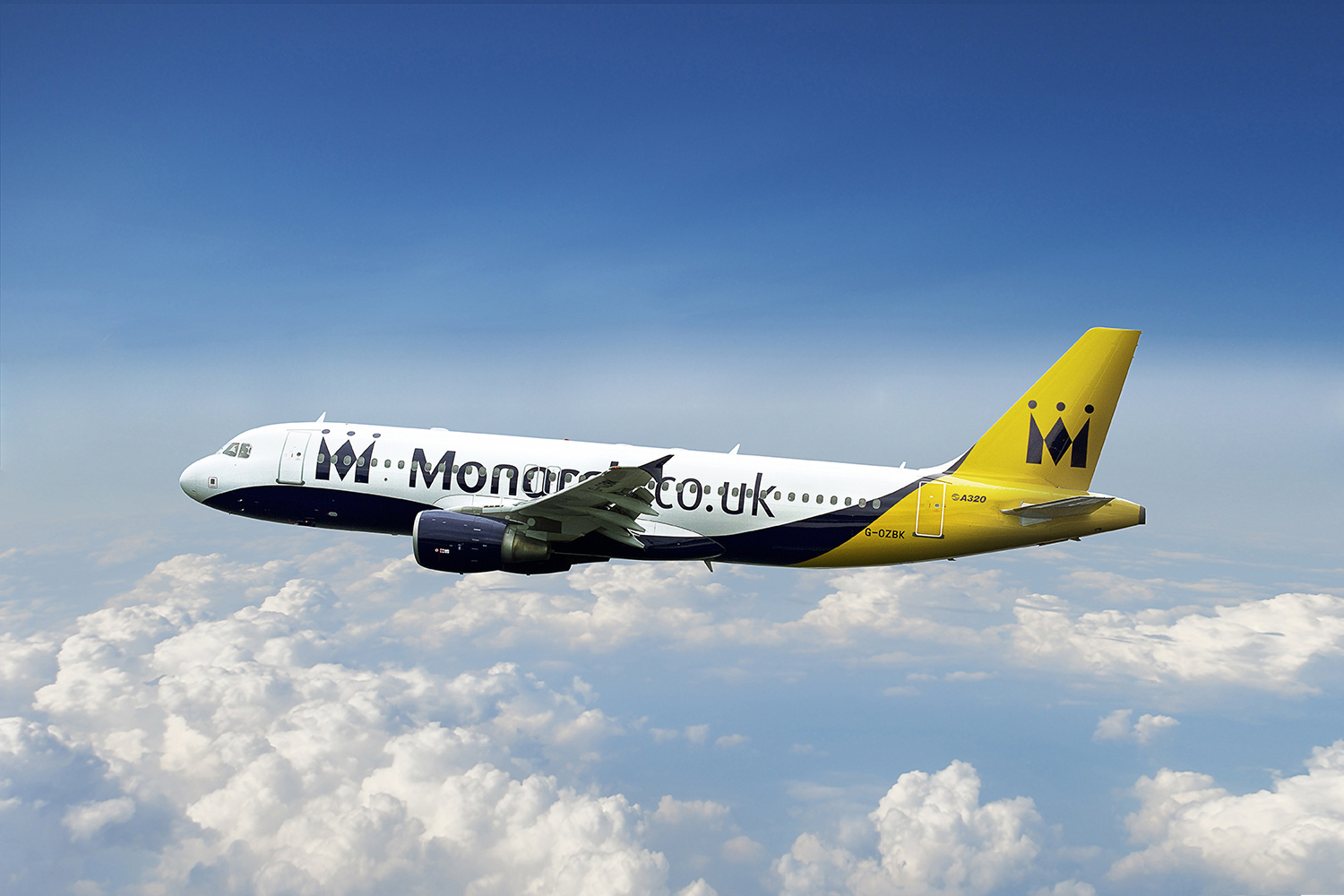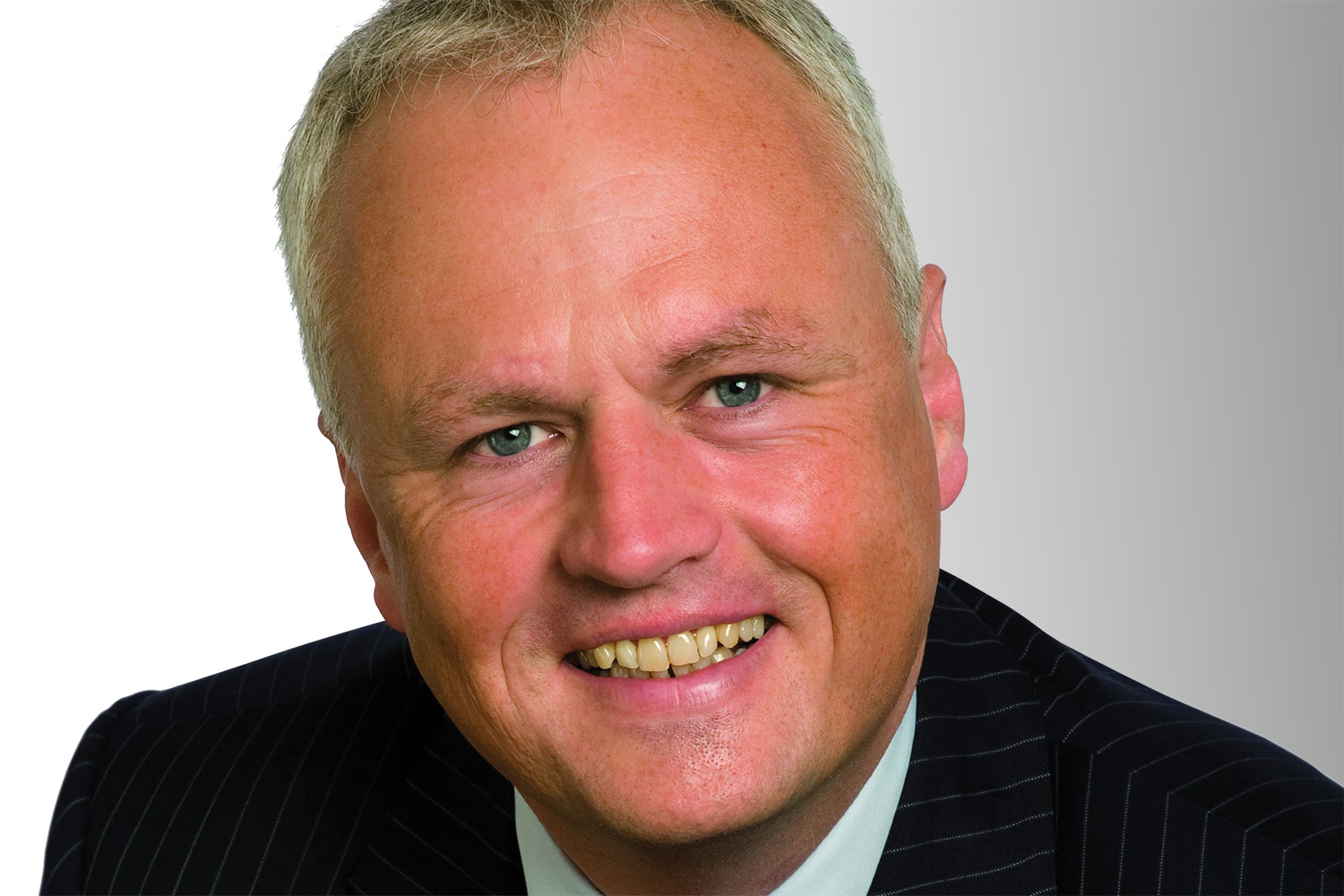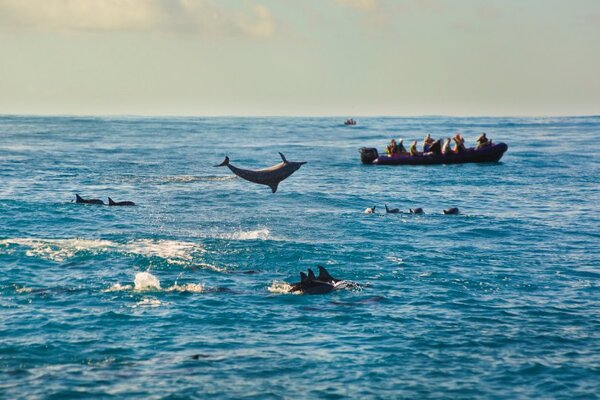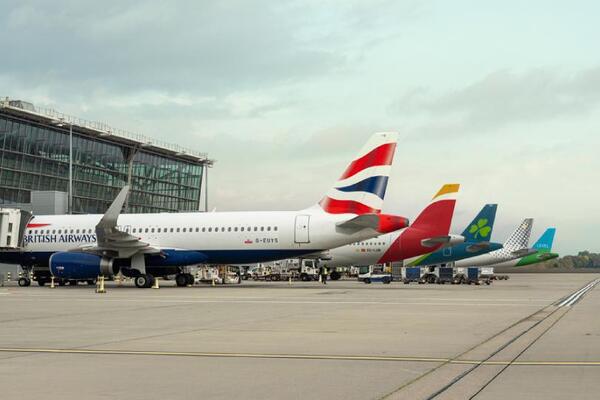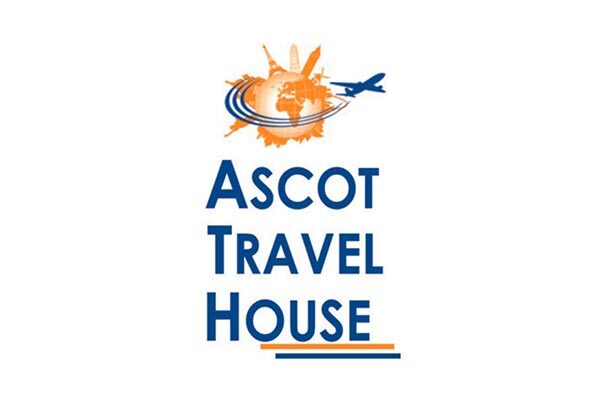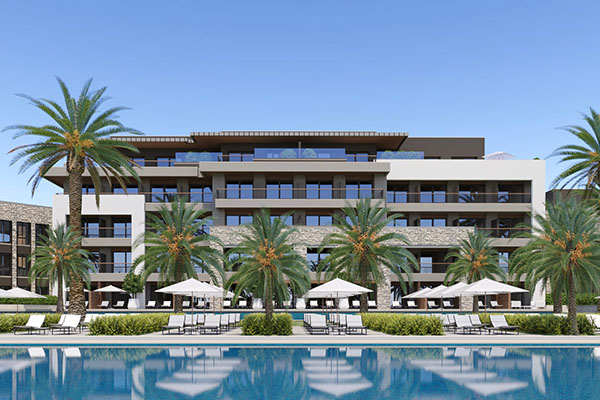Monarch is going all-scheduled, but don't write off charter airlines just yet
 Gary Noakes
Gary NoakesFollowing its fading presence in the market over the past 10 years, Monarch will become entirely scheduled from April. Gary Noakes asks how the move will affect the industry
Following its fading presence in the market over the past 10 years, Monarch will become entirely scheduled from April. Gary Noakes asks how the move will affect the industry
It’s come to something when one of the oldest names in UK aviation admits the days of the charter flight are over.
Monarch Airlines, a familiar brand to the bucket-and-spade brigade since 1968, is ditching its remaining charters and will become entirely scheduled from April, with the aim of creating a “mini-easyJet”.
This was perhaps inevitable, as the carrier is squeezed on one side by the no-frills airlines, and on the other by Thomson and Thomas Cook. Currently, only 15% of Monarch’s flying is charter - roughly equal to six aircraft - and it will now sell seats to operators on an ad-hoc basis, with no whole-aircraft charters.
The idea is Andrew Swaffield’s - Monarch Group’s new chief executive, who says charter is “very much the past”. The company is also set to cut 1,000 jobs and seeking outside investment in its latest restructuring plan.
Swaffield believes Monarch simply has too many aircraft and destinations. The airline expanded from 31 aircraft in 2012 to its current 42, a number he now plans to cut to 30, including the retirement of three aged long-haul aircraft in October.
Charter’s changing route
The new Monarch will emerge from 2018, when the first of 30 200-seat Boeing 737s are due to arrive. They will operate predominantly in Europe, as Swaffield plans to offer more frequent departures to fewer routes.
But does Monarch’s decision mark the final nail in charter airlines’ coffin? The answer is not quite: Cook’s UK airline currently operates 30 aircraft, including four long-haul jets, while Thomson has 60 aircraft including eight long-haul jets. These airlines will continue as charters with most customers coming from in-house operators.
But CAA statistics show how rapidly things have changed: Thomson carried 15.5 million passengers on 83,000 flights in 2005 but this fell to 10.5 million and 55,000 flights in 2013. Cook’s fall has been equally dramatic: it carried 9.3 million on 47,000 flights in 2005, falling to six million and 28,000 flights in 2013.
Both operators have moved to plug the leaks. In 2013, Thomas Cook bought 80,000 seats on easyJet after returning some leased aircraft. But it hasn’t given up on in-house flying, with 23 short-haul aircraft on order, although they will be deployed across its European brands.
It is long-haul where Cook is being most radical by basing most aircraft at Manchester and adding flights to New York and Miami from May - these will be fed by Flybe and SAS flights from Germany and Scandinavia and sold on global distribution systems.
Thomson, meanwhile, has overhauled its long-haul fleet with new Boeing 787s and ordered 60 short-haul aircraft for use across its European businesses, including the UK - although this does not necessarily mean expansion here.
"Monarch’s presence in the charter market has dwindled. In 2013, it sold fewer than 800,000 charter seats, two million fewer than in 2005"
The 787s indicate that, unlike Monarch, Thomson is serious about long-haul, and should benefit from better fuel efficiency and cheaper low-season hotel contracts in regions such as the Caribbean and Mauritius. The 787 has also allowed Thomson to return to Phuket with non-stop flights. But long-haul charter flying will mainly head westwards owing to the fierce competition from Gulf carriers on eastbound flights.
So if both big charter brands are concentrating on in-house customers, what impact will Monarch’s exit from this market mean? Independent operators say it’s too early to know the precise effect and point out that Monarch had already been cutting charter capacity.
Monarch’s presence in the charter market has steadily dwindled over the past decade. In 2013, it sold fewer than 800,000 charter seats, two million fewer than in 2005, while scheduled business grew from 2.5 million to six million passengers over the same period.
Impact on airports
Some airports are already being affected: Monarch will axe nine scheduled routes when it quits East Midlands next April, but many operators believe the difference will be negligible.
Classic Collection uses both Monarch scheduled and charter. “We buy on an ad-hoc basis. We don’t take allocations. We doubt this will have much effect,” said a spokesperson, although he added that a capacity cut to a popular destination would be an issue.
Sunvil chairman Noel Josephides said it was “difficult to know” the impact on operators as Monarch had not yet fully explained its plans. Sunvil currently uses some Monarch charters, including a Manchester-Kefalonia flight that it shares with another operator.
Shrinking capacity
“Other airlines have scheduled flights where operators can take commitments,” he said. “Will Monarch allow us to take committed seats on its scheduled flights? My feeling is that it won’t change things as I would be surprised if Monarch turned business away.”
Photis Lambrianides, commercial director at Olympic Holidays, did not expect the end of Monarch’s charters to “create any gaps” in the market.
"We have not used them for several years and have instead used Tui, Thomas Cook and Jet2. There is an abundance of alternatives"
“Monarch has been reducing charter capacity for years - it’s not like all capacity is suddenly becoming scheduled,” he said. “We have not used them for several years and have instead used Tui, Thomas Cook and Jet2. There is an abundance of alternatives.”
Red Sea Holidays, which uses Monarch services to Hurghada and Sharm el Sheikh in Egypt, said it was “too early to tell” the impact of the airline’s strategy change.
Many operators have already turned to small charter carriers such as Germania, which is used by Sunvil, and Lithuania’s Small Planet Airlines - both of which are also used by Olympic Holidays.
There is capacity available in this sector, but Monarch’s move means it will increasingly come from foreign carriers like these. The bulk of companies, however, will choose from the increasing array of scheduled flights, including Monarch.

